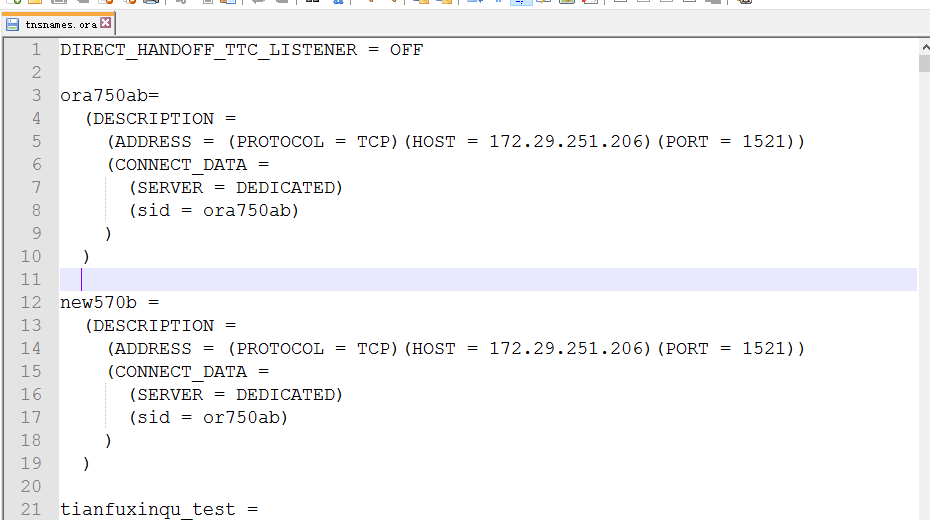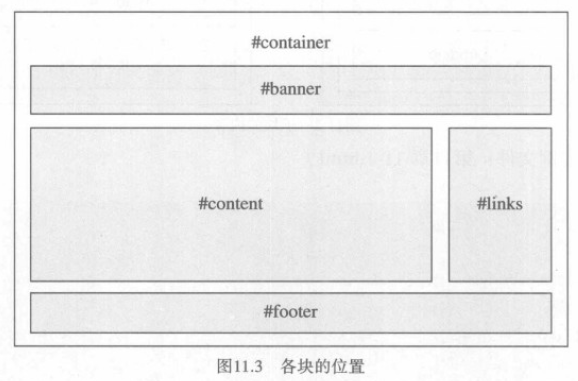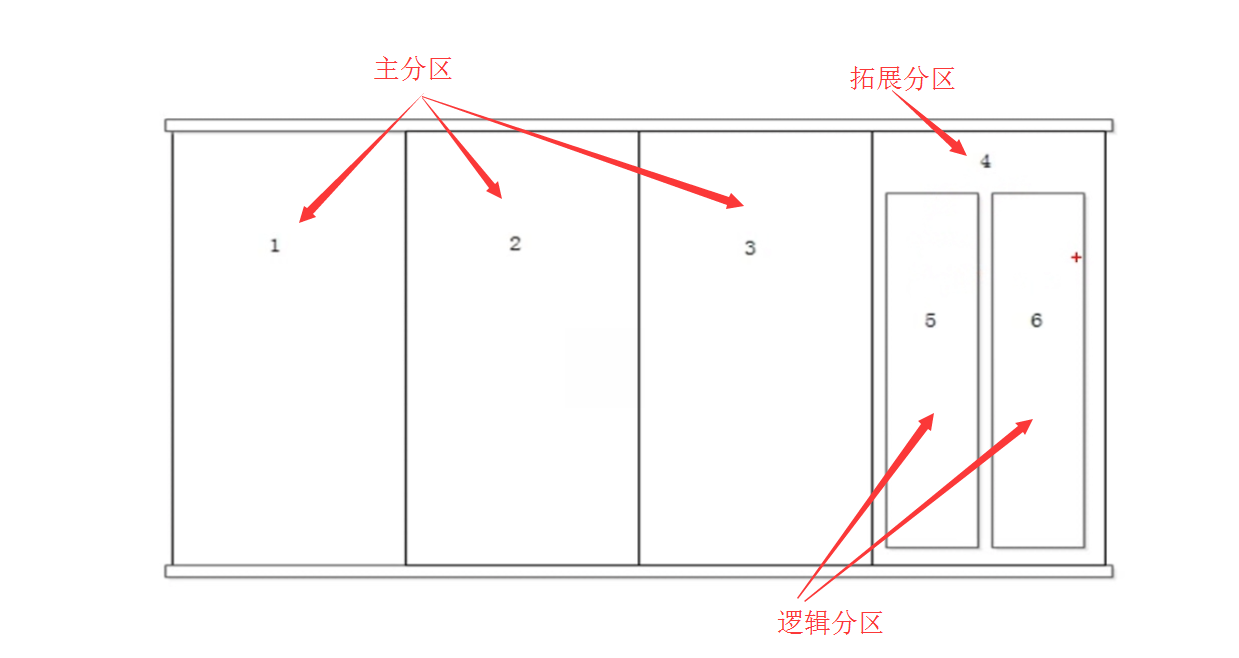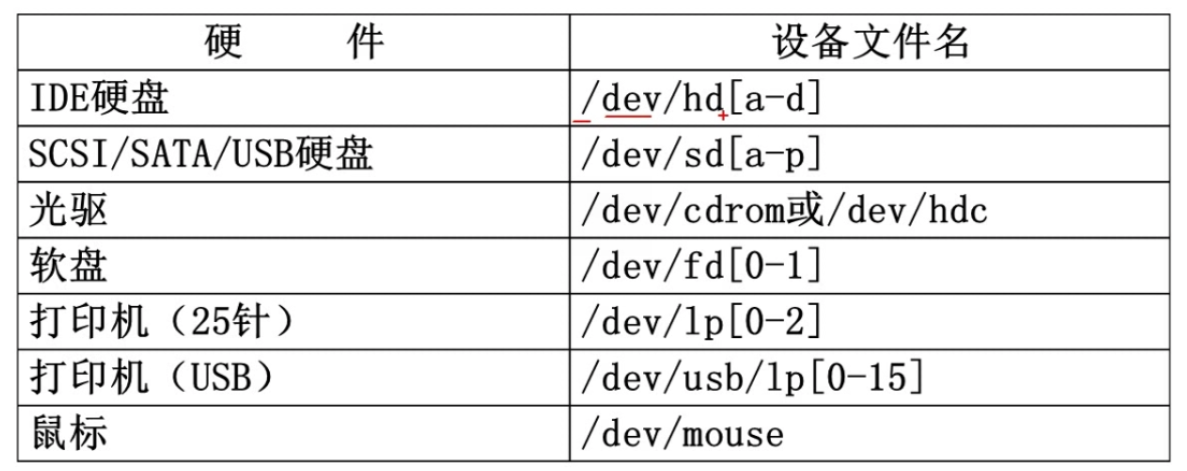ES6之Class继承
Class 可以通过extends关键字实现继承
class ColorPoint extends Point {constructor(x, y, color) {super(x, y); // 调用父类的constructor(x, y)this.color = color;}toString() {return this.color + ' ' + super.toString(); // 调用父类的toString()}}super关键字,它在这里表示父类的构造函数,用来新建父类的this对象。子类必须在constructor方法中调用super方法,否则新建实例时会报错。这是因为子类自己的this对象,必须先通过父类的构造函数完成塑造class Point {constructor(x, y) {this.x = x;this.y = y;}}class ColorPoint extends Point {constructor(x, y, color) {this.color = color; // ReferenceErrorsuper(x, y);this.color = color; // 正确}}super()只能用在子类的构造函数之中,用在其他地方就会报错。
ES6 规定,在子类普通方法中通过super调用父类的方法时,方法内部的this指向当前的子类实例。
class A {constructor() {this.x = 1;}print() {console.log(this.x);}}class B extends A {constructor() {super();this.x = 2;}m() {super.print();}}let b = new B();b.m() // 2
由于this指向子类实例,所以如果通过super对某个属性赋值,这时super就是this,赋值的属性会变成子类实例的属性。
class A {constructor() {this.x = 1;}}class B extends A {constructor() {super();this.x = 2;super.x = 3;console.log(super.x); // undefinedconsole.log(this.x); // 3}}let b = new B();super.x赋值为3,这时等同于对this.x赋值为3。而当读取super.x的时候,读的是A.prototype.x,所以返回undefined。



































还没有评论,来说两句吧...